 |
 |
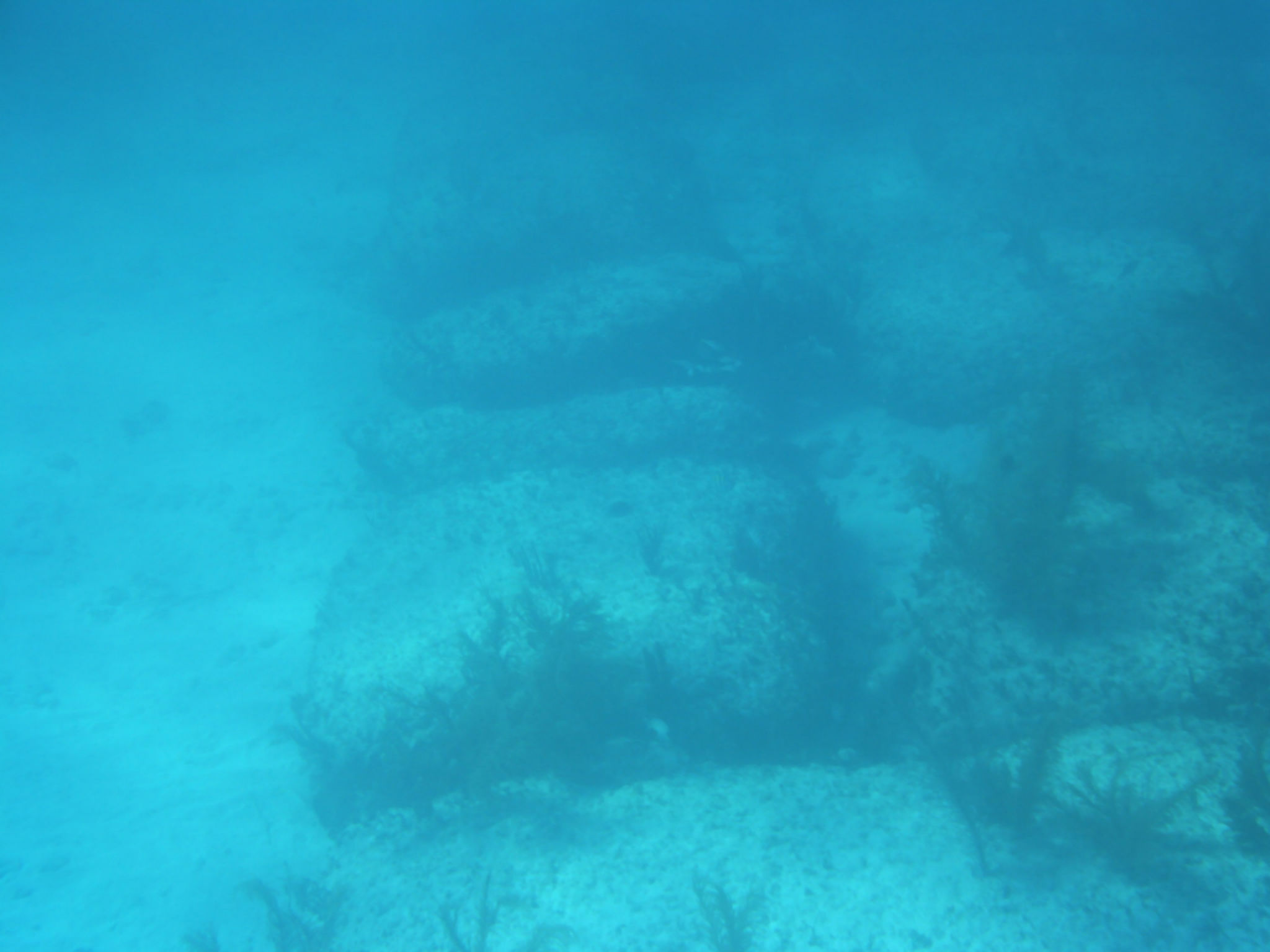 |
 |
|
|
The Bimini Road. It is one of the most entrancing enigmas of the geographic Triangle. Tourists contemplate it through glass bottom boats. Divers glide over it, just like Bimini Brown did to take the above photo. He is one of Bimini’s well known tour guides and divers. Is it Atlantis rising? Some think it is because clairvoyant Edgar Cayce predicted that a piece of ancient Atlantis would be found off Bimini almost 30 years before J. Manson Valentine discovered the strange formation on a dive on Labor Day 1968.
But there is another mystery beneath the Bermuda Triangle, one more curious than the 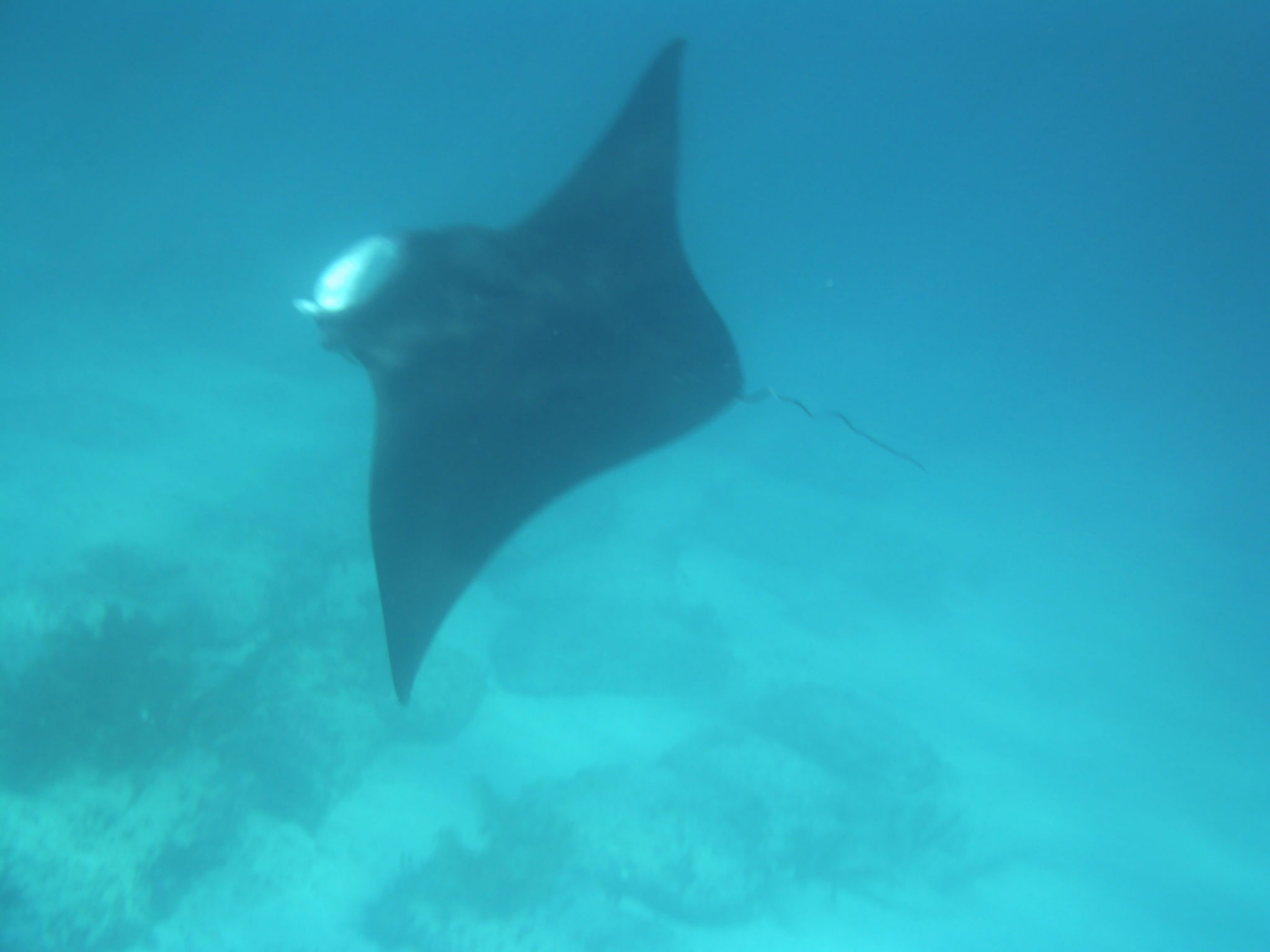 Bimini Road. It is a mystery of what is not there. There is the absence of the wrecks that I seek. Many searchers, in fact, have sought them for decades, but no one has ever found any wreck from any of the aircraft or ships that have been firmly established to have vanished in unusual circumstances in the Bermuda Triangle. Bimini Road. It is a mystery of what is not there. There is the absence of the wrecks that I seek. Many searchers, in fact, have sought them for decades, but no one has ever found any wreck from any of the aircraft or ships that have been firmly established to have vanished in unusual circumstances in the Bermuda Triangle.
The arguments that the wrecks lie deep below, far from the reach of even the hardiest divers don’t add up. Records show that many of the disappearances in the Bahamas occurred over these shallow banks. They are quickly covered by the tides shifting the sandy bottom? Perhaps. But every one? Every single wreck?
There is another phenomenon that makes this lack of wreckage disturbing— it is embodied in “The Eye.” The water is like turquoise glass over much of the shallow Great Bahama Bank. Often the bottom sand is only a few feet below the surface. Even a wreck 20 feet down can be seen by the naked eye. “Eyes” are created even when there are only splintered bits because of the area’s flora.
Over time wrecks attract turtle grass and other bottom growth. They become a little oases of life. From the air or surface these areas look like a marled patch of deeper green. They easily stand out from the smooth, fleshy sand under the clean turquoise glass. New ones will quickly attract divers. Curious, they glide over the new “eye” and check for artifacts. The appearance of one such area, now commonly just called “The Eye” by locals, is about 55 miles due east of Bimini in the Bahamas.
As expected, “The Eye” turned out to be a wreck. It was the wreck of an aircraft. But it was the wreck of an aircraft no one has been 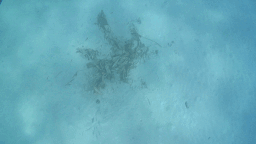 able to identify as yet. able to identify as yet.
Pam Harrison, her brother Steve Jr., and her husband, Ryan Mock, formed part of an expedition to try and uncover enough of the bottom sands to see if the aircraft was the one her father had flown and vanished with long ago in 1980, after he took off from Greensboro, North Carolina, and headed to a tropical vacation in the sparkling Bahamas.
Yet the proof has remained elusive. Gears and struts, even old vinyl chairs and armrests, were on the surface and there for easy inspection. The fuselage, however, with its identifying registration number remained frustratingly inaccessible. Divers could feel the wings feet below the sand, but they did not have the ability to get the sand off and check the registration number.
“The Eye” has come to represent something more than just the possible resting place of one of the missing aircraft in the Triangle. Hundreds of boats and airplanes have vanished over the Bahamas, and yet not one of them has left a trace. This not only applies to the moment immediately after they vanished. It applies to now. None of these wrecks have ever left an “eye,” a marled area on the bottom sands indicating there is something there worth pursuing.
The lack of “eyes” on the Great Bahama Bank has become yet another footnote of 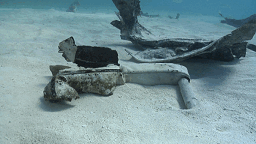 mystery in the cases of many of those that have vanished. They did not send a Mayday. There was no trace of an ELT— an electronic auto alarm that sounds upon impact, its signal pinpointing the location of impact. There was no trace of wreckage and now the mystery extends even to time. There is no indication they ever hit a very shallow bottom. mystery in the cases of many of those that have vanished. They did not send a Mayday. There was no trace of an ELT— an electronic auto alarm that sounds upon impact, its signal pinpointing the location of impact. There was no trace of wreckage and now the mystery extends even to time. There is no indication they ever hit a very shallow bottom.
Divers know the area. Maps exist, both official and private, that mark all the known wrecks. Not one can be reconciled with one of those that have vanished. Divers clutch their private maps to chest and warn a promise out of others (including me) not to divulge what they see. Their secret wrecks are safe. But it has been decades now and none of these wrecks have been identified with the missing. Divers who thought they had a significant discovery have ended up just as frustrated. No wreck is identified as a missing plane or ship.
The Triangle clutches its mysteries, every one, but tosses bits of enigma to us, like that which is represented in “The Eye.”
Steve Harrison Sr.’s last flight and 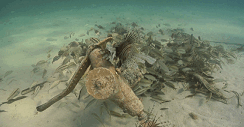 disappearan ce was typical of many others, perhaps even most, of the lost flights in the Triangle. Although a qualified Cessna 310 pilot with his own aircraft, his was in the shop so he had rented a plane locally in Greensboro. He and his friend took off and headed south to Florida and then into the Bahamas. That’s about it. It was April 15 (or 18) 1980. They were never seen again. Days later the Coast Guard searched when they had not returned. disappearan ce was typical of many others, perhaps even most, of the lost flights in the Triangle. Although a qualified Cessna 310 pilot with his own aircraft, his was in the shop so he had rented a plane locally in Greensboro. He and his friend took off and headed south to Florida and then into the Bahamas. That’s about it. It was April 15 (or 18) 1980. They were never seen again. Days later the Coast Guard searched when they had not returned.
Lawsuits followed because the charter company declared its plane stolen. There was no other recourse. How do you prove a disappearance anyway? There was no NTSB report because it was declared stolen, and there was simply nothing to investigate. Legal wranglings also followed with the insurance company because there was no proof Harrison had died. Eventually he was declared dead, the case closed.
What remains in the wake of Steve Harrison’s disappearance is confusion and little documentation. N360BU, the plane he flew, was finally stricken from the register in 1981.
|
|
|
 |
 |
|
Steve Harrison had been a successful pharmacist in Winston-Salem, had a happy family life with a wife and two children. He dutifully made a call home, saying that after a flight to Eleuthera he was returning home. This is now 36 years ago.
Hundreds have followed him into oblivion. Some of them with equal lack of trace. Others have gone in sensational circumstances. In that June 1980 Jose Torres and Jose Pagan vanished after sending messages in which Torres was panicking over a “weird object” interfering with their plane off the West Coast of Puerto Rico. Deep water in those areas. There’s no chance to leave an “eye” a few feet below like in the mirror clear sparkling waters of the Bahamas.
Though there is far more to speculate about in these type of sensational disappearances, the lack of “eyes” in the Bahamas makes for a more tangible sensation than the theories born from inferences of UFO abduction.
Most aircraft have vanished the way Steve Harrison’s vanished. They left the airfield and were never seen again. And most vanished in the popular airways of the Bahamas. For lack of a better word, these are the “boring’ disappearances. There is little, sometimes nothing, to go on. The only thing we have is that odd footnote: there is no trace, not even an “eye” to mark their passing.
Harrison’s case is not the only one where there was no report.
Such is the case of the disappearance of Kenneth Brodacki sometime in February or early March 1979. Brodacki was a Canadian, last seen in Prince Albert, Sask. in February. It was later discovered that he and his friend Bill Kelly were later seen in Okeechobee, Florida, associated with the aircraft N7959R, a sleek Beechcraft Queen Air 70. Details are so wanting in this case that the Royal Canadian Mounted Police didn’t declare him missing until October 1979. All that is known is that he and his friend flew the aircraft out to the Bahamas and were never heard from again.
No report exists on this case, and even the registration number will not bring up a Brief within the National Transportation Safety Board 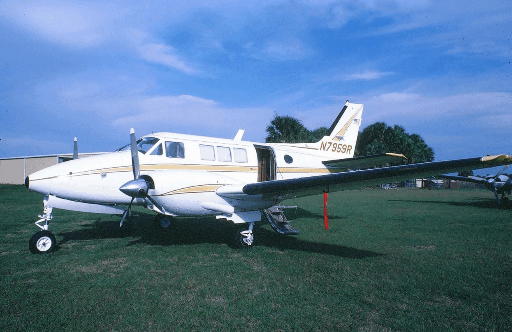 database. No search. No report. The case is recalled only by friends and family, and in this case there was a missing persons report filed in Canada. One has told me the flight was headed to Columbia, which adds its own sinister dynamic to the case. Now 37 years later there is little chance of documenting any details let alone solving this mystery of the Bermuda Triangle. database. No search. No report. The case is recalled only by friends and family, and in this case there was a missing persons report filed in Canada. One has told me the flight was headed to Columbia, which adds its own sinister dynamic to the case. Now 37 years later there is little chance of documenting any details let alone solving this mystery of the Bermuda Triangle.
Even for those aircraft whose disappearances have generated a report the details are slim. The report documents that they left and were never seen again. More often than not, it is over the Bahamas.
For some the accident reports have been destroyed because they are so old. For the disappearance of a charter Islander in 1974 I had nothing but the summation of the official Brief. It declared unusual, to say the least, circumstances. It said it was cleared to land at St. Thomas but failed to arrive. Fortunately, a prestigious Baltimore attorney, Harry Ezratty, remembered some of the details. At the time he had been the charter’s legal counsel. The charter flight had been nothing but a luggage run. There was only the pilot aboard. The plane was coming into Harry S. Truman airport on St. Thomas. It was being followed by a Prinair. Both the Prinair and the tower lost site of the aircraft. There was no water disturbance. No wreckage. He and the CEO flew out of New York the next day to investigate as well. Since the “point of disappearance” was in the landing circle it was impossible to linger over the location for very long.
“. . . The waters off St. Thomas, as I’m sure you know, are as clear as water from the tap. Despite divers and aerial visuals (we landed and took off several times so that we could fly over the area), there was no wreckage of the plane, no floating luggage, nothing.
“A bizarre sidelight of this encounter was that the widow of the pilot filed for death benefits under Workman’s Compensation. The Labor Board had a hard time handling the claim because she couldn’t prove his death.”
The disappearance of Bob Corner is more like that of Steve Harrison’s and so many others. In 1973 he and Reno Regon left Florida in his Navion and were never heard from again. The incident is noteworthy for being the last aircraft disappearance Charles Berlitz mentions in his 1974 book The Bermuda Triangle. But his son 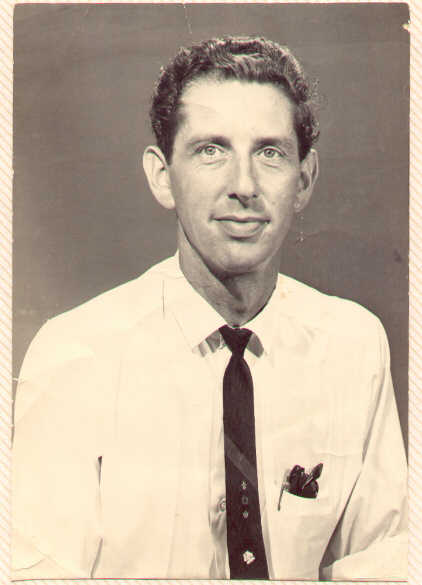 contacted me decades later and shared some stories of his dad and a picture. These accounts, barely touched on (if at all in old books) came to life for the first time on my original website bermuda-triangle.org. They vividly recall the reality of the Bermuda Triangle as more than a myth people recite to give themselves thrills and chills. contacted me decades later and shared some stories of his dad and a picture. These accounts, barely touched on (if at all in old books) came to life for the first time on my original website bermuda-triangle.org. They vividly recall the reality of the Bermuda Triangle as more than a myth people recite to give themselves thrills and chills.
Details are there to confirm the bizarre. Perhaps many shy away because they are uncomfortable with the theories. But the disappearances can no longer be denied. They vanish utterly, many times not even existing in the records, and leave no trace, not even an “eye” in order to look back into their case and try and determine what happened.
Some who have flown these popular routes between the Bahamas and Florida have encountered something strange. Some have given their accounts, and in one case a pilot even set out on a lifelong pursuit to find out what happened. You can take a Fantastic Journey with a pilot whose experiences have proven significant in the search for the truth behind the Bermuda Triangle. Or, you may prefer to finally enter the database and consider the cases.
To do so we must go back. We must go back to the beginning. In a very real way, the Triangle began on December 5, 1945, when the unthinkable happened. Five large Navy TBM torpedo bombers vanished in unison. The disappearance of Flight 19 is the greatest mass disappearance in the annals of aviation. No only did 5 aircraft and 14 crew utterly disappear, but one of the rescue planes and its 13 crew also disappeared. Altogether 27 men and 6 aircraft vanished on that strange night and no trace has ever been found.
|
|